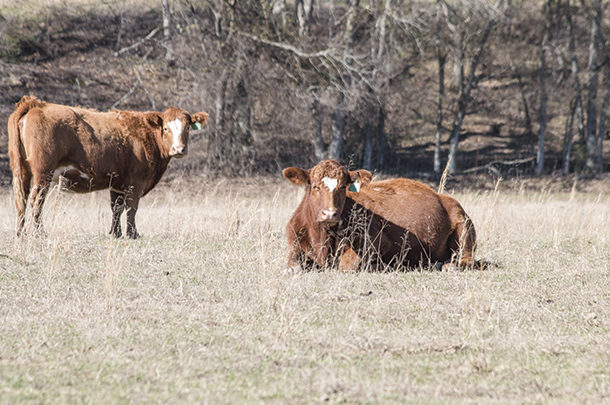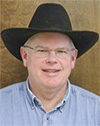Calving season is often accompanied by an unwelcome visitor. Calf scours can ride in out of seemingly nowhere and wreak havoc on young calves.
Without a good understanding of how and why scours develop, we may unknowingly be contributing to the problem. Good management practices can help significantly reduce or even eliminate problems with scours in your herd.
I gained firsthand experience in unknowingly contributing to a calf scours problem years ago while attending college. During the winter semester in 1986, I had the good fortune to do a calving internship at a ranch in Elberta, Utah. It was an excellent learning opportunity as I watched and assisted (when necessary) a few hundred heifers calve. This ranch had major issues with calf scours in their herd.
All cows on the ranch were calved in the same pasture, and then pairs were moved out every few days while the cows that had not calved yet were left behind to calve on the infected ground. The cows and new calves that were moved out each time were put with the previous groups in a single pasture. Little did I know at the time that what we thought were good management practices were actually contributing to the problem.
Calf scours can be caused by different bacteria and viruses which are present in the corral or pasture. As the calving season progresses, the concentration of scours-causing bacteria and viruses increases significantly. This means calves born after the first few weeks of the calving season are often exposed to a high dose of pathogens. Additionally, calves are generally more prone to developing scours during the first seven to 14 days. In a traditional system, calves born after the first two weeks of the calving season are set up to have problems, as the timing when they are most susceptible coincides with the increased levels of pathogen concentration.
The Sandhills Calving System was developed by Dr. David Smith, a professor and extension veterinarian at the University of Nebraska, to combat this problem. The idea behind the Sandhills Calving System is to limit exposure of young calves to disease-causing pathogens. This is accomplished in two ways. First, calves are segregated by age. This helps prevent pathogen transmission from older to younger calves. Second, pregnant cows are moved to a new “clean” pasture so new calves’ exposure to the pathogen buildup from the older calves is eliminated.
In the Sandhills system, all cows are placed in one pasture at the beginning of the calving season. After about seven to 10 days or 100 calves are born, cows that have not calved are moved to a fresh (clean) pasture. This process is then repeated every seven to 10 days or 100 calves, leaving behind the pairs (calves) born in that pasture, until all the cows have calved. Once the youngest calf in each group is about 4 weeks old, the calves are past the period of greatest susceptibility and can be commingled with other groups. This pattern of movement will minimize exposure of young calves to scours pathogens.
Why consider the Sandhills Calving System?
University of Nebraska researchers report that ranchers using this method have experienced meaningful and sustained reductions in calf sickness and death due to scours. They have also been able to significantly reduce the use of antibiotics for treatment, thus saving time, money and risk of injection site issues. Reduced sickness and death also improves weaning weights and percentages.
Implementation of the Sandhills Calving System takes careful planning and will be different for each operation. Feed or forage availability, water, fencing and access to facilities in the event of dystocia problems are some of the things that should be considered in an individual plan. For those who might be limited on the number of pastures available, you might consider utilizing portable electric fencing to divide large pastures into several smaller units. This can increase management options with limited investment.
The key components to the Sandhills Calving System are separating calves by age and moving pregnant cows out from the cows that have calved, reducing exposure of young calves to scours-causing pathogens. Careful planning and execution of this system has been shown to reduce calf sickness and death, reduce the need for antibiotic treatment and improve the bottom line.








